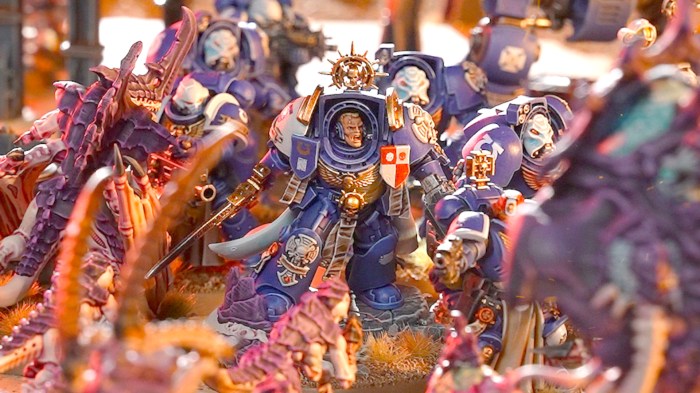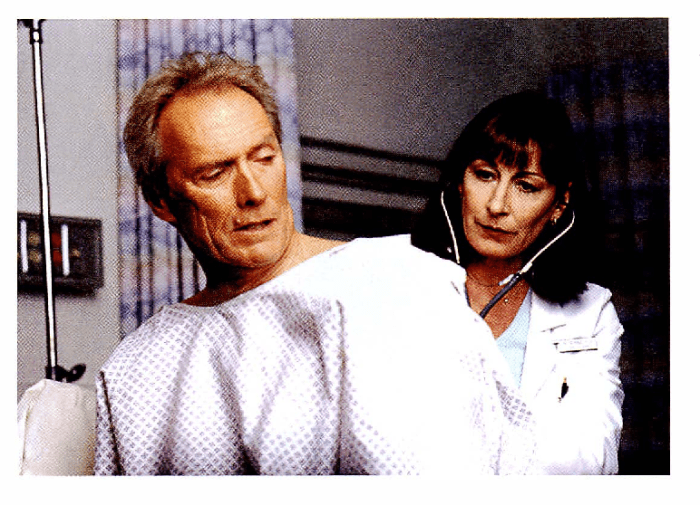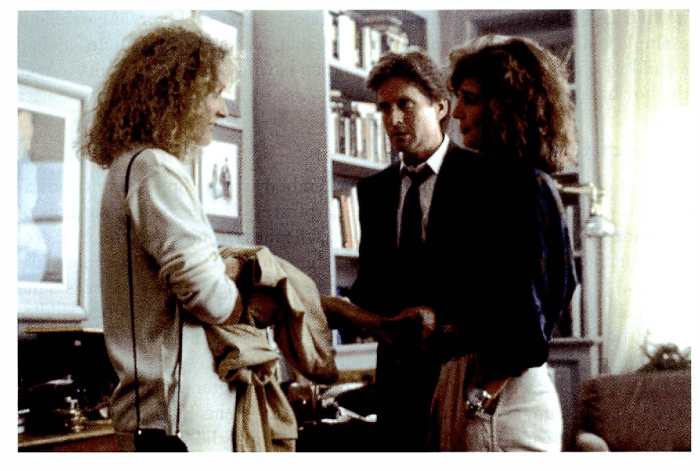The Art of Watching Films 10th Edition PDF is an authoritative guide that provides a comprehensive exploration of the techniques, genres, and styles that shape the world of cinema. From understanding the impact of camera angles and lighting to analyzing narrative structures and film history, this guide empowers readers with the tools to become discerning film viewers and appreciate the artistry behind every frame.
Delving into the intricacies of filmmaking, this guide illuminates the role of editing in creating suspense, the significance of symbolism in conveying deeper meanings, and the evolution of film genres that reflect societal and cultural shifts. Through engaging examples and insightful discussions, readers will gain a profound understanding of the art of film and develop a critical eye for evaluating and appreciating cinematic masterpieces.
Filmmaking Techniques

Filmmaking involves a complex interplay of techniques that shape the visual and emotional experience of a film. These techniques include camera angles, lighting, color, and editing.
Camera Angles
- Eye-level angle:Presents a neutral perspective, creating a sense of intimacy and connection with the characters.
- High angle:Looks down on the subject, conveying a sense of powerlessness or vulnerability.
- Low angle:Looks up at the subject, creating a sense of awe or intimidation.
- Dutch angle:Tilts the camera, creating a sense of unease or disorientation.
Lighting and Color
Lighting and color play a crucial role in conveying emotions and setting the atmosphere of a film.
- High-key lighting:Bright, even lighting, often used to create a cheerful or optimistic tone.
- Low-key lighting:Dark, shadowy lighting, often used to create a sense of mystery or suspense.
- Warm colors:Red, orange, and yellow, often associated with passion, excitement, and energy.
- Cool colors:Blue, green, and purple, often associated with calmness, serenity, and detachment.
Editing
Editing is the process of assembling and sequencing the shots of a film to create a coherent narrative.
- Continuity editing:Maintains a logical flow of time and space, creating a sense of realism.
- Montage:A rapid succession of shots, often used to convey the passage of time or to create a specific mood.
- Jump cut:A sudden transition between two shots, creating a sense of discontinuity or shock.
Film Genres and Styles: The Art Of Watching Films 10th Edition Pdf

Film genres are categories that group films based on their shared characteristics, such as plot, setting, and tone.
Key Characteristics of Film Genres
- Drama:Focuses on character development and interpersonal relationships, often exploring complex emotions and moral dilemmas.
- Comedy:Aims to elicit laughter through humor, often using slapstick, satire, or wit.
- Horror:Creates a sense of fear or suspense, often through the use of supernatural elements or violence.
Genre Conventions
Directors use genre conventions to evoke specific emotions and experiences in their audiences.
- Westerns:Set in the American Old West, often featuring cowboys, outlaws, and gunfights.
- Film noir:Dark, pessimistic films set in urban environments, often featuring private detectives and femme fatales.
- Science fiction:Explores futuristic or otherworldly concepts, often dealing with technology, space travel, and alien life.
Emergence and Evolution of Film Styles
Film styles have evolved over time, reflecting changing cultural and technological influences.
- Classical Hollywood style:Developed in the early 20th century, characterized by seamless editing, linear narratives, and a focus on star actors.
- French New Wave:A movement in the 1950s and 1960s that challenged traditional filmmaking conventions, using jump cuts, handheld cameras, and improvised dialogue.
- Dogma 95:A filmmaking movement founded in 1995 that advocated for shooting on location, using natural light, and avoiding special effects.
Film Analysis and Interpretation

Film analysis involves examining the narrative structure, characters, and themes of a film to gain a deeper understanding of its meaning.
Narrative Structure
The narrative structure of a film is the way in which the story is organized and presented.
- Linear narrative:Follows a chronological sequence of events, with a beginning, middle, and end.
- Non-linear narrative:Presents events in a non-chronological order, using flashbacks, flashforwards, and parallel storylines.
Characters
Characters are the individuals who drive the narrative of a film.
- Protagonist:The central character who drives the action of the film.
- Antagonist:The character who opposes the protagonist.
- Supporting characters:Characters who provide additional context and support to the protagonist.
Themes
Themes are the underlying ideas or messages that a film explores.
- Love:The exploration of romantic or familial love.
- Loss:The experience of grief and coping with the death of a loved one.
- Identity:The search for self-discovery and the exploration of one’s place in the world.
Film History and Context
Film history traces the evolution of film from its origins to the present day.
Origins of Film
The invention of film can be attributed to the development of several key technologies in the late 19th century, including the camera, the projector, and celluloid film.
Technological Advancements
Technological advancements have played a significant role in the development of filmmaking.
- Sound:The introduction of sound in the 1920s revolutionized filmmaking, adding a new dimension to storytelling.
- Color:The development of color film in the 1930s expanded the visual possibilities of cinema.
- Digital technology:The advent of digital technology in the 1990s and 2000s has transformed filmmaking, making it more accessible and cost-effective.
Social and Cultural Influences, The art of watching films 10th edition pdf
Film has been influenced by and has influenced social and cultural events.
- World War II:The war had a profound impact on filmmaking, both in terms of content and style.
- Civil rights movement:The civil rights movement of the 1960s led to increased representation of minority groups in film.
- Globalization:Globalization has facilitated the exchange of ideas and influences between different film cultures.
Film Criticism and Appreciation

Film criticism involves the analysis and evaluation of films.
Role of Film Critics
Film critics play an important role in shaping public perception of films.
- Provide reviews:Critics write reviews that provide their opinions on films, often focusing on technical and artistic merits.
- Generate discussion:Critics’ reviews can spark discussion and debate about films and filmmaking.
Evaluating Films
Evaluating a film involves considering its technical and artistic merits.
- Technical merits:Cinematography, editing, sound design, and special effects.
- Artistic merits:Narrative structure, character development, and themes.
Developing a Critical Eye
Developing a critical eye for film requires practice and exposure to a wide range of films.
- Attend film screenings:Watching films in a cinema or at film festivals provides an immersive experience.
- Read film criticism:Reading reviews and articles by film critics can provide insights into different perspectives on film.
- Analyze films:Engage in thoughtful analysis of films, considering their narrative structure, characters, themes, and technical aspects.
Questions and Answers
What is the primary focus of The Art of Watching Films 10th Edition?
The guide focuses on providing a comprehensive understanding of film techniques, genres, styles, and analysis to enhance film appreciation.
How does the guide help readers become better film viewers?
By equipping readers with analytical tools and insights into filmmaking, the guide enables them to critically evaluate films and appreciate their artistic and technical merits.
What are some key topics covered in the guide?
The guide covers filmmaking techniques, film genres and styles, film analysis and interpretation, film history and context, and film criticism and appreciation.